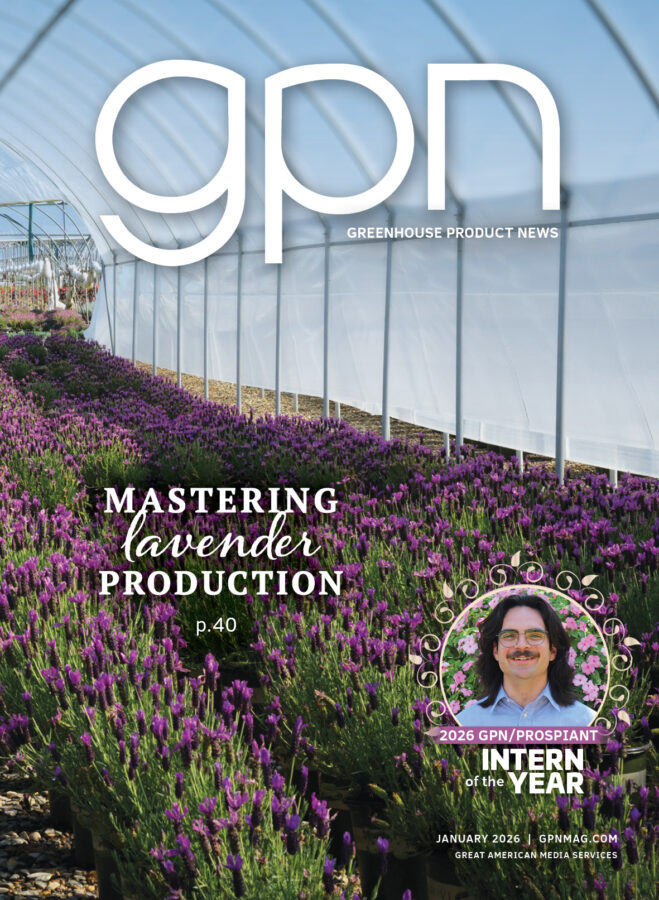
Building a Greenhouse with Fire Safety in Mind
{Sponsored} An ounce of prevention is worth a pound of cure. Investing time and money into a safe greenhouse before and during construction or renovation will be worth the effort to have fire risks minimized once production begins.
Keep the following in mind when building a new production facility. The extra planning and precaution now will pay off later in case of a fire emergency.
- When purchasing shading, glazing and equipment, consult the manufacturer to learn about each product’s combustibility. Flame-retardant shading and glazing may be more costly but can be worth the expense as they can act as fire breaks. Don’t forget to ask about recommended maintenance to make sure equipment is in top shape.
- Use flame-resistant material over heaters, generators, electrical panels and anywhere sparks or open flame may be present.
- Create a storage space for combustibles and propane tanks that is in a separate area away from the main greenhouse. Doing so may reduce the amount of damage to the main greenhouse in case of a fire.
- Invest in a sprinkler system. Having sprinklers go into action immediately can help slow down the spread of fire. Review the greenhouse layout to ensure sprinklers are installed in the appropriate areas and that objects or equipment won’t retain water rather than letting it reach the floor. Check with local authorities in case a sprinkler system is mandatory.
- Add firewalls throughout your greenhouse. These walls extend from the foundation to or through the roof and keep fires from spreading from room to room.
- Place fire extinguishers in areas that are easily accessible and near potential hazards. Put together a maintenance schedule to make sure extinguishers will work when you need them most.
- Reference the International Building Code, as well as any local building and fire codes, regularly to make sure your facility is compliant. These codes are instrumental in protecting your greenhouse and may determine which types of materials can and cannot be used in specific areas.
- Consult with local officials and invite them to tour the facility. In some areas, fire safety is regulated by the local authorities like the fire department or building commissioner. During a guided walkthrough, they may point out areas that need improvement prior to any inspections.
- Analyze the layout of your facility and determine the best escape routes and meeting points for staff should a fire take place. Prominently display this information throughout so that there is no doubt what to do if a disaster strikes.
Safety should never be an afterthought, especially when action can be taken from the beginning to ensure employees and crops are protected should an emergency occur.
Reach out to associations like the National Greenhouse Manufacturers Association and National Fire Prevention Association or an insurance agent for additional tips on reducing the risk of fire.
For questions related to fire safety and insurance, visit www.hortica.com or contact a Hortica® insurance agent.
Hortica® property and casualty coverages are underwritten, and loss control services are provided, by Florists’ Mutual Insurance Company, Florists’ Insurance Company, and Florists’ Insurance Service, Inc., Edwardsville, IL, members of the Sentry Insurance Group. For more information, visit hortica.com. Policies, coverages, benefits and discounts are not available in all states. See policy for complete coverage details.
This document is of a general nature and is not intended to address the circumstances of any particular individual or entity. No one should act on the information contained in this document without advice from a local professional with relevant expertise.
77-69G 14003257 6/14/19
© 2019 Hortica









 Video Library
Video Library 


















